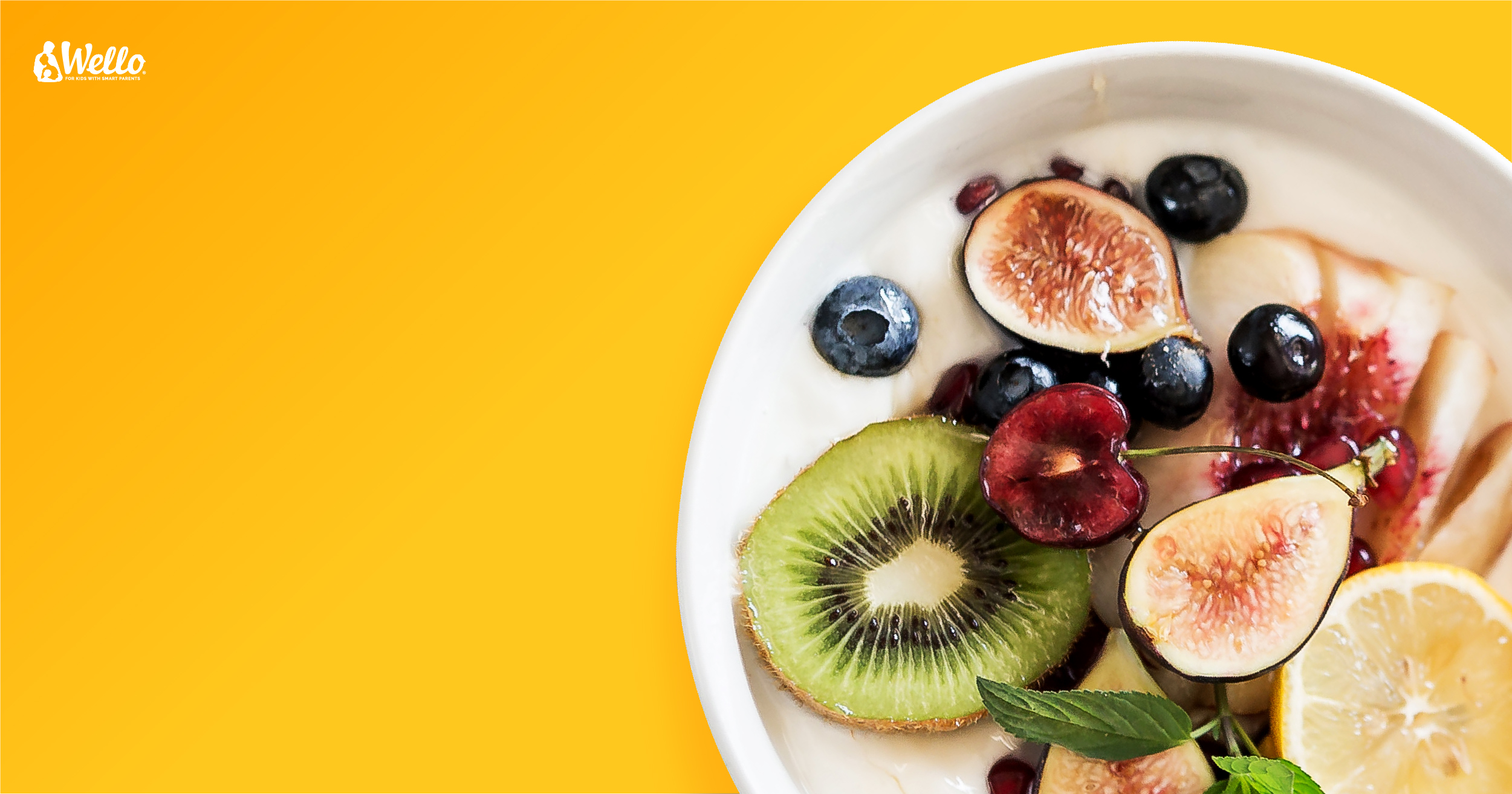



For many families, breakfast is a meal taken in a hurry, often skipping over it in an attempt to get to school and work on time. As tempting as it would be to quickly pick up a croissant from the corner store or skip the table without planning when it will be taken later, the negative effects will not be long in coming.
Breakfast is known to be the most important meal of the day, and it has gained this reputation due to the effects it has on the whole day. There are studies that have shown that if we do not eat in the first part of the day, we will be hungrier in the second part and there is a risk of consuming larger amounts of food in the afternoon or evening.
It's just like car fuel, with food representing the "gasoline" in our stomachs. When we want to go to school, we will not be able to leave by car if its tank is empty. The same is true for our body, it needs food, fuel, to reach its destination well and to function at full capacity.
And, in addition to these aspects, we will always choose a quality fuel for our car, right? Then we will have to do this with the fuel for our body: to choose the quality one.
A quality breakfast is a meal that brings together all the nutrients we need (carbohydrates - preferably whole grains, slow absorption - to release the energy we need for a longer period of time, not just momentarily, protein - to support muscle mass and a feeling of longer satiety and fat - to help our ability to concentrate). It is not recommended to choose for our children a breakfast that excludes a group of nutrients, this can cause negative effects on that day: a feeling of hunger that appears quickly, in the first break at school, children being tempted to calm this sensation by eating food that is at hand, a snack from the school kiosk or the device in the hallway.
Now that we know the importance of breakfast and what benefits it can have if it is balanced, let's find out some ideas for it:
We will certainly take into account the healthy plate model when thinking about making a balanced breakfast (a quarter plate - high protein foods, a quarter plate - whole grains / flour and half plate - vegetables and fruits):